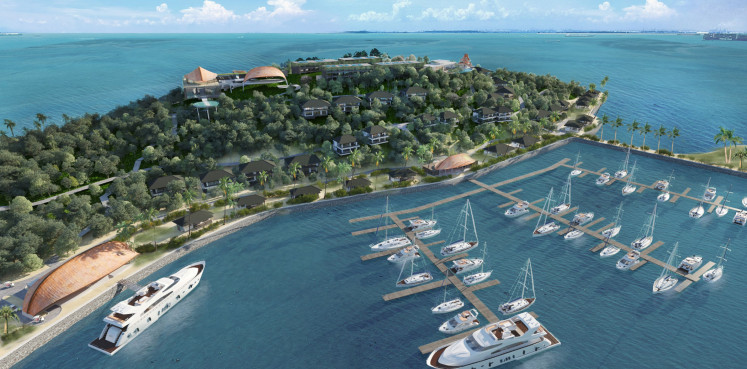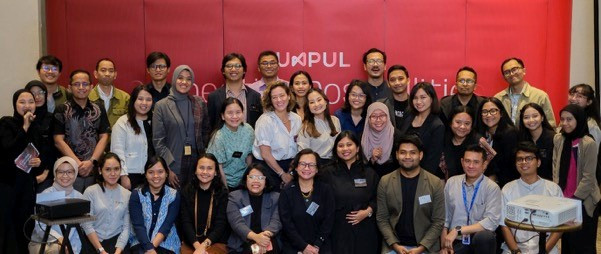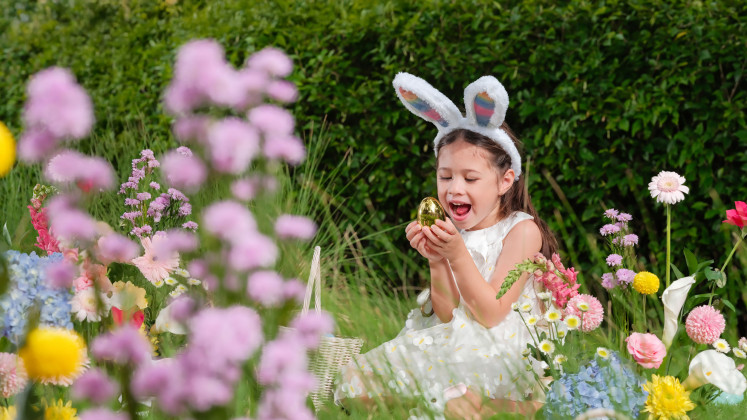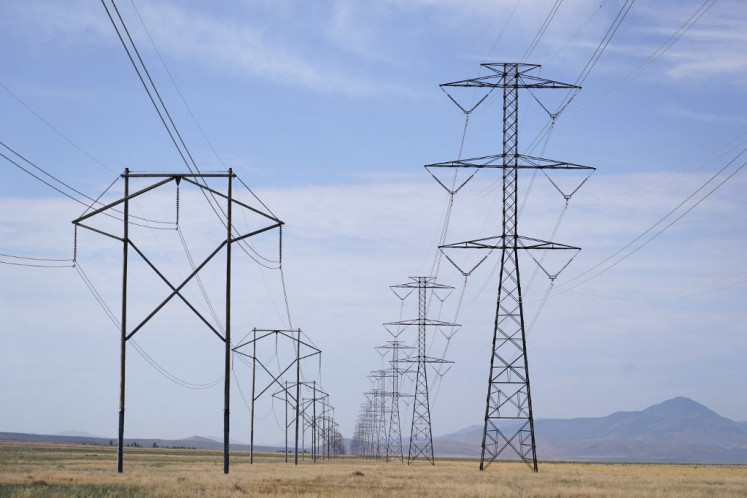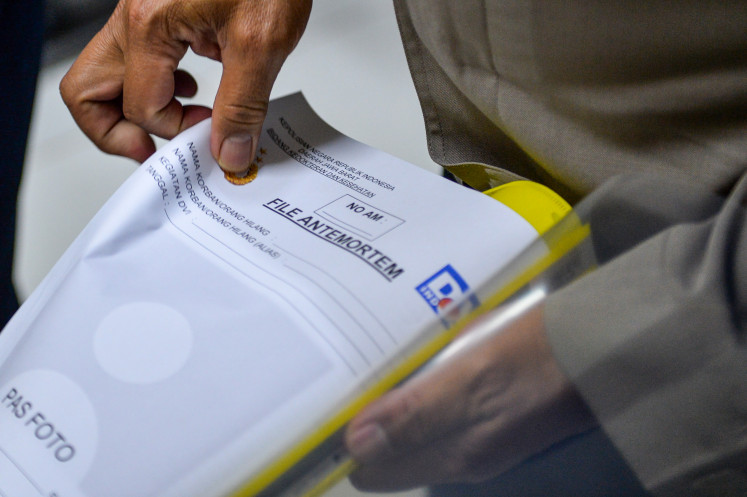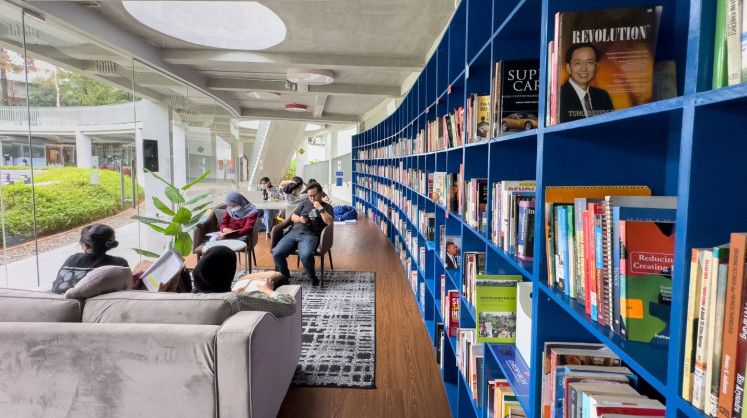Recontextualizing bamboo: Looking back at traditional art and craft techniques
In areas with a suitable climate, the bamboo plant is able to grow very quickly.
Change text size
Gift Premium Articles
to Anyone
 (Courtesy of Univ. Warmadewa)
(Courtesy of Univ. Warmadewa)
I
n areas with a suitable climate, the bamboo plant is able to grow very quickly. Experts have considered bamboo to be one of the fastest growing plants in the world due to the unique rhizome root growth system, with some species of bamboo able to grow 910 millimeters in a 24-hour period, at a rate of nearly 40 millimeters per hour.
Bamboo does not require special land to grow, and many species can be found on marginal lands: on the edge of ravines, forests and other places that are considered less productive. Thus, bamboo is a good choice for reforestation, land restoration, landslide prevention and climate change mitigation.
With more than 1,400 species that can be grouped into 115 genera, the majority of bamboo species can be used as building materials. Most can easily be found in the warm and humid tropics and temperate climates, including Southeast Asia where bamboo is one of the most popular building materials.
The popularity of bamboo has led to the development of bamboo craftsmanship techniques unique to each area. Each community group develops their own construction techniques according to the knowledge and skills nurtured and passed down from generation to generation, in turn creating a bamboo tradition.
Unfortunately, bamboo is a perishable building material. The hot and humid climate causes bamboo buildings to rot quickly, while also attracting certain insects favoring the plant. As a result, bamboo is often considered a cheap material, only suitable for semi-permanent houses and buildings for lower income people
For this reason, bamboo has slowly been abandoned after the introduction of materials considered better and more durable. Brick, steel, glass and other modern materials have largely replaced bamboo as the most popular for buildings, and it is increasingly difficult to see mass developments using bamboo as its main material.
Consequently, the traditional techniques and art of constructing bamboo are also vanishing with each new development.
Yet bamboo will never run out as long as it remains planted and growing, unlike other materials which must be manufactured. In addition, planting bamboo also means reducing carbon emissions caused by industries that process modern building materials, as well as being affordable for low income people.
With bamboo’s myriad advantages, innovative efforts are required to mainstream the plant as a contemporary building material. Some architects are actively involved in efforts to restore bamboo for building, particularly in erasing its image as a material for the poor.
Contemporary architects working with bamboo include Vo Throng Nghia in Vietnam, Realrich Syarief and Eko Prawoto in Java, as well as several young architects in Bali, who have successfully defied the stigma of bamboo as a material associated with low income housing by utilizing it in projects such as hotels, villas, sports halls and conference halls, including temporary pavilions at the World Expo 2015.
Particularly in Bali, bamboo has enjoyed a newfound popularity over the last two decades. Designer Linda Garland, who was critical of conventional ways of building she considered environmentally unfriendly, became one of the pioneers in the rise of bamboo's popularity, helping uplift bamboo to be a fashionable material in the late 70s and early 80s.
Garland started with building her own house using bamboo as the main material, which followed with numerous commissions for bamboo-centric designs, counting names like David Bowie and Richard Branson among her clients. After Garland’s passing in 2017, designer Elora Hardy continues Garland’s legacy of using bamboo as a building material through IBUKU, the design firm she founded in 2010.
With the renewed focus on sustainability, restaurants, schools, villas, coffee shops and even homes using bamboo materials are now easier to find, and bamboo structures can be seen along the main roads, by the beach and especially in areas at the edge of dense forests.
Utilizing bamboo is no longer confined to the homes of low income families. Aesthetic elements are beginning to be taken into consideration alongside the structural design. The shape of the bamboo building now no longer requires a rectangular floor plan with a pyramid roof, and the size can go far beyond the traditional buildings of the past. Bamboo buildings are now constructed with modern techniques, with some incorporating support from metal joints.
But construction techniques without metal support have also developed rapidly. According to award-winning architect Widhi Nugroho, there are several connection techniques, such as a whole bamboo joints, different from bamboo joints that have been split or have been shaped into bamboo sticks.
Each method has advantages and uses in construction. For example, more complicated connections with sticks allow the bamboo building to be made as intricate as the desired design, thus requiring extra effort in construction.
The latest bamboo construction techniques allow the creation of a unique space, accommodating larger rooms with wider spans and higher roofs. Some find the experience of entering a space created with bamboo to be unique, as if surrounded by a forest inside a building.
Bamboo’s increasing popularity has generated many admirers, with Hardy’s studio nurturing young talents. Many of these young architects and designers have been hired by clients in the field of tourism, interested in captivating public interest through the unique experience of living in a bamboo building. This next generation of designers has attracted new students, wanting to deepen their understanding of bamboo architecture, which also continues the research on bamboo.
This research also involves extracting traditional construction techniques to be applied in modern construction. Local craftsmanship is considered to provide a strong sense of value, which differentiates it from other building methods.
Construction using traditional techniques may help locals find employment in an era where almost all building materials are produced by machines. After rediscovering the economic benefits of bamboo, it is hoped that bamboo will be replanted, helping to maintain the environment, culture, as well as economic prosperity.
In an effort to increase interest in the study of traditional bamboo construction skills, the Architecture Study Program at Warmadewa University’s Faculty of Engineering and Planning, in collaboration with the Nansha Birdpark in Guangzhou, China organizes an international student-level Bamboo Design and Construction competition.
The competition is divided into two levels, with the first stage being a national level. Two winners from this level are sent to the next stage of the competition involving several countries in Asia. This competition expects to increase interest in bamboo and traditional construction techniques suitable for contemporary construction, with the 2021 competition marking its fourth event.
Holding a bamboo-centric competition at the student level is an investment for the future of bamboo construction. If students already possess a high level of interest, bamboo is expected to be the choice of construction applied in their future careers. The growing popularity of bamboo can then encourage the public to return to bamboo cultivation, helping the environment to stay green.




